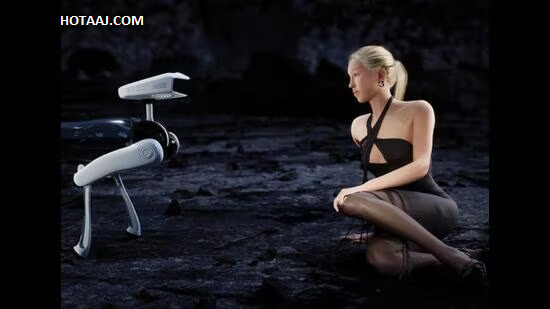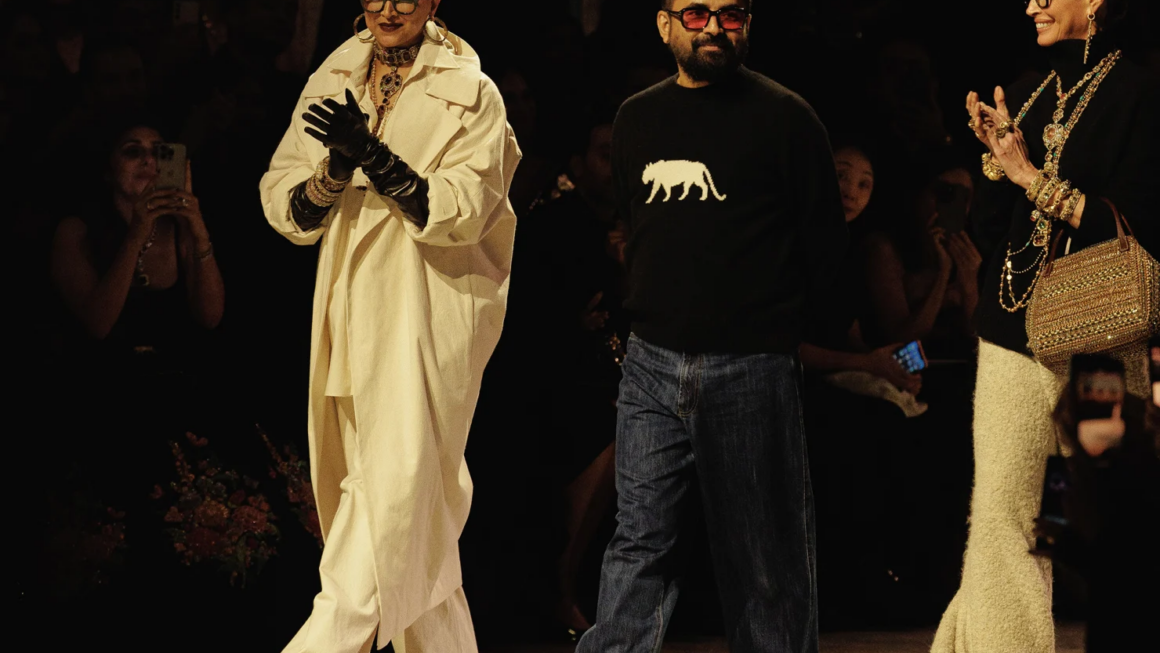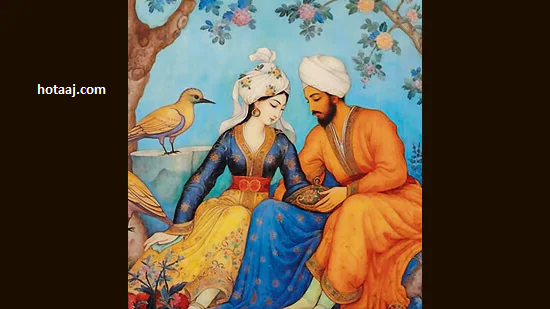AI is transforming fashion by designing clothes, creating ads, and tracking purchasing trends. It can generate designs and predict consumer behavior, but it’s still limited when it comes to true creativity and understanding cultural nuances. While AI excels at data processing and efficiency, it struggles with the emotional and artistic elements that define fashion. For now, the human touch is still crucial in fashion’s design and cultural relevance.

AI has revolutionized how we interact with fashion on social media. Spend a few seconds browsing Instagram for a particular item, like a striped, charcoal-grey, crossbody bag made from recycled plastic bottles, and suddenly your feed becomes flooded with similar items. Brands selling anything remotely related — striped bags, grey bags, crossbody bags, or eco-friendly accessories — will make their way into your feed. Instagram’s algorithm takes over, presenting “What’s In My Bag” videos, and celebrities flaunting high-end bags like Birkins or Cabat clutches pop up in your Endless Scroll. It’s a digital shopping spree, fueled by AI’s ability to track your interests and suggest endless options.

Coperni’s Autumn/Winter ’23 campaign pushed the boundaries of fashion marketing by using an avatar of Lila Moss, the daughter of supermodel Kate Moss, to showcase three million possible looks. This innovative move reflects how AI is blending the digital and physical worlds, offering endless possibilities for fashion designers and brands. By using AI-generated avatars, Coperni not only revolutionized the presentation of their collection but also highlighted the power of technology in pushing creativity, sustainability, and customization in the fashion industry.

The use of Lila Moss’s avatar in Coperni’s Autumn/Winter ’23 campaign is part of a growing trend in the fashion world, where AI and digital innovation play a major role in the creation and marketing of clothing. This move challenges traditional fashion shows and photoshoots by offering a fully customizable experience. AI allows brands to generate countless variations of their designs without the limitations of physical models or locations, reaching a wider and more diverse audience. Moreover, it opens the door for hyper-personalized fashion experiences, where consumers can see how clothes might look on them without ever stepping foot in a store.
AI is also reshaping sustainability in fashion by reducing the need for physical samples and excessive production. With virtual models and AI-generated collections, designers can test and refine their designs without wasting resources. As the fashion industry continues to explore AI’s potential, these advancements are not only changing how fashion is created and marketed, but also raising questions about the future of creativity, authenticity, and human connection in the digital age.













